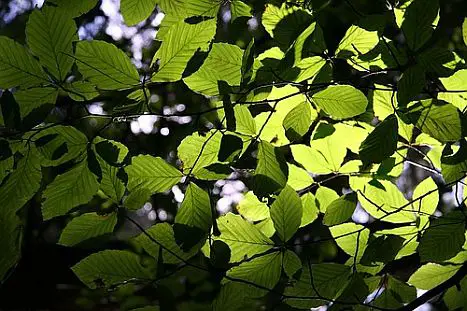
A leaf is the primary organ of any plant and just like human organs, a leaf is essential for the survival of a plant, until it itself stops it food making process and conserves nutrients and water during winters. Typically a leaf is a thin, flattened organ borne above the ground by plants to get access to sunlight and carbon dioxide in the atmosphere. The shape and size of the leaf maximizes the surface area exposed to light and promotes the photosynthetic function. Moreover, leaves are naturally arranged on a plant in such ways so as to expose their surface to light as efficiently as possible and without shading other leaves.
The main job of leaves is to make food for the plant. They do it by making use of sunlight for energy to break water that they get from the plants’ roots and also carbon dioxide from the atmosphere. This food production process is called photosynthesis. Water gets to the leaves through a series of extremely thin pipes that run all the way from the roots to the leaves. During spring and summers, leaves open up their tiny openings that are placed under their surface to let out moisture and also oxygen. During winters, when the ground freezes and enough water isn’t available, plants shed their leaves to conserve water.